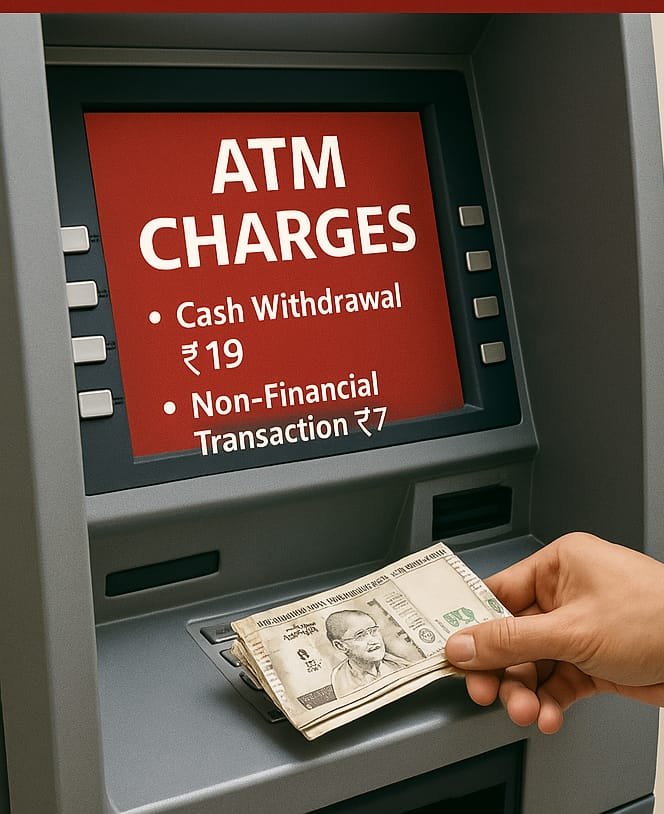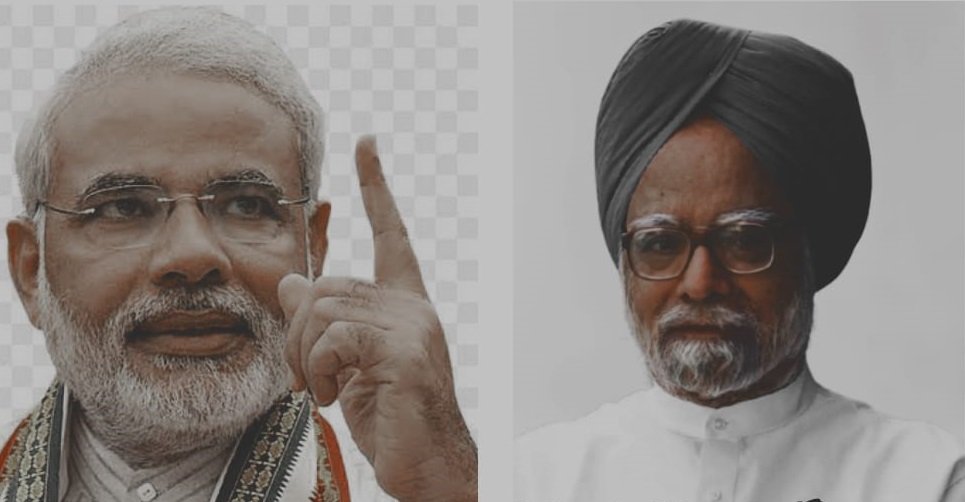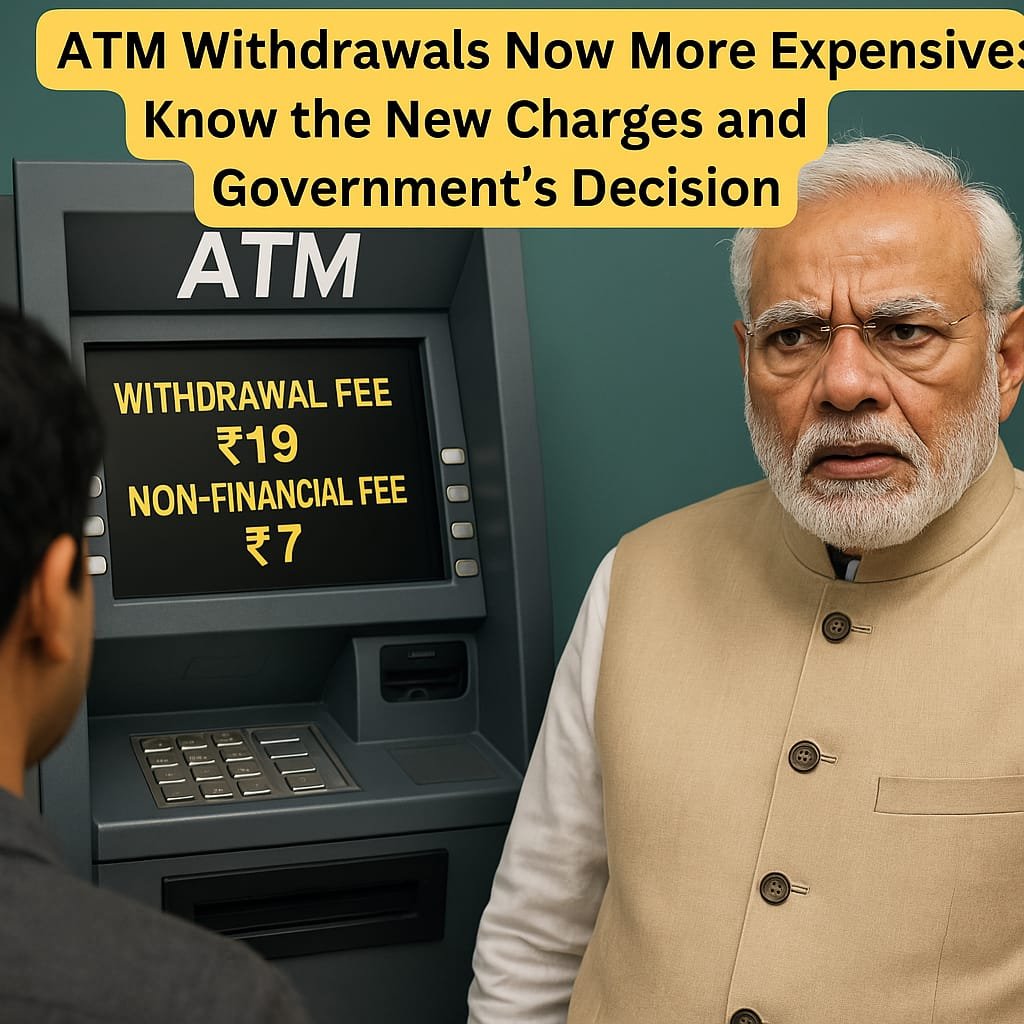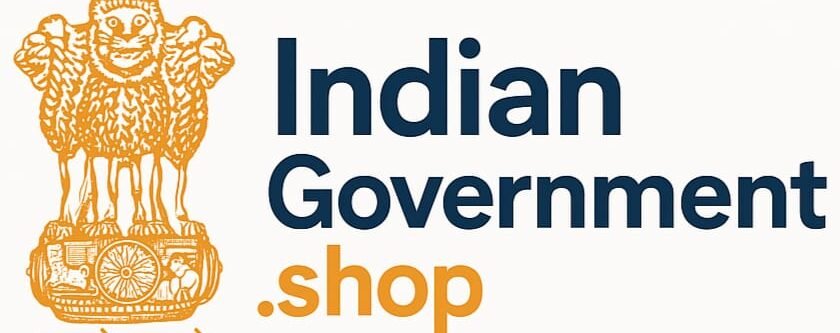ATM Withdrawals Now More Expensive: Comparing Past vs Present Government Policies*

If you frequently withdraw money from ATMs, this news is crucial for you. The Reserve Bank of India (RBI) has decided to increase ATM transaction charges, which has been implemented from May 1, 2025. This change has been introduced during Prime Minister Narendra Modi’s government. But how do these charges compare to previous governments, and why is the burden on consumers increasing? Let’s break it down.
How ATM Charges Have Changed Over the Years
To understand the full impact of these changes, let’s compare ATM charges under different governments: | Year | Government | Free Transactions | Extra Cash Withdrawal Fee | Non-Financial Transaction Fee |
| *2010* | *Congress (UPA)* | Unlimited at own bank, 5 at other banks | ₹15 | ₹5 |Lorem ipsum dolor sit amet, consectetur adipiscing elit. Ut elit tellus, luctus nec ullamcorper mattis, pulvinar dapibus leo.

*2014* | *Modi Govt (Initial Years)* | 5 at own bank, 3-5 at other banks | ₹17 | ₹6
*2025* | *Modi Govt (Current)* | 5 at own bank, 3-5 at other banks | ₹19 | ₹7 |

What Has Changed in ATM Charges?*
The RBI has allowed banks to charge customers more if they exceed the prescribed limit of free ATM transactions. Here are the updated charges:
– *Cash Withdrawals:* Each additional transaction beyond the free limit will now cost ₹19, up from ₹17.
– *Non-Financial Transactions:* Activities like balance inquiries and mini statements will now be charged ₹7 instead of ₹6
What is the Free Transaction Limit ?
The RBI has also provided some free transactions for customers:
At your own bank’s ATM: 5 free transactions per month.
–At other banks’ ATMs:
– In -metro cities (Delhi, Mumbai, Kolkata, Chennai, Bengaluru, Hyderabad): 3 free transactions.
– In -other cities : 5 free transactions.
Why Have ATM Charges Increased ?
Banks’ Argument
Banks argue that ATM maintenance, cash loading, and security costs have increased. They claim that without these fee hikes, it would be difficult to sustain ATM services efficiently.
The Government’s Stand*
The Modi government has justified the increase by stating that it is necessary for economic stability and to promote digital transactions. The government aims to push India toward a cashless economy, reducing dependence on cash transactions.
What Was Different in the UPA Era ?
More Free Transactions:* Under the UPA government, major banks allowed unlimited free transactions at their own ATMs.
Lower Charges: In 2010, customers paid only ₹15 per extra withdrawal, compared to ₹19 now.
More Customer-Friendly Policies : The UPA government had policies that ensured banking remained affordable for lower and middle-class citizens.
Who Benefits and Who Suffers ?
Who Benefits?
Banks : Higher ATM fees mean increased revenue for banks.
– *Digital Payment Companies:* More ATM charges may push people towards digital payments, benefiting platforms like UPI, Paytm, and Google Pay.
Who Suffers ?
Common Citizens:* Those who rely on cash transactions, especially in rural areas, will bear the brunt of these increased charges.
– *Small Business Owners:* Many small vendors still operate on cash and will face challenges due to expensive ATM withdrawals.
How to Avoid These Charges?
If you frequently use ATMs and want to avoid extra fees, consider these alternatives:
1. Use UPI and Digital Payments:* Instead of withdrawing cash, use UPI, mobile wallets, or net banking.
2. Withdraw Cash from Bank Branches:* If you need to withdraw a large amount, it’s better to do so directly from the bank.
3. Plan Your Transactions:* Instead of making multiple small withdrawals, withdraw enough cash in one go.
Is This Justified?
If digital transactions are increasing, why are ATM fees rising?* If fewer people are using ATMs due to UPI, then ATM costs should be going *down*, not up.Is the government prioritizing banks over citizens?* The increase in charges suggests that banks are being allowed to maximize profits at the expense of the common man.Is this an indirect push towards digital payments?* The government might be trying to force people into digital transactions rather than giving them a choice.
*Conclusion*
This increase in ATM charges may impact people’s budgets, especially those who rely heavily on cash transactions. Compared to the UPA era, ATM services are now *more expensive and less customer-friendly* under the Modi government.While digital payments are a good alternative, many people still need cash transactions. Instead of imposing extra financial burdens on citizens, the government should work towards *reducing banking costs* rather than increasing them.
